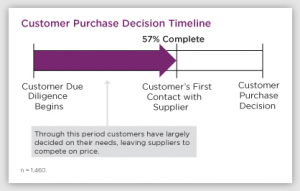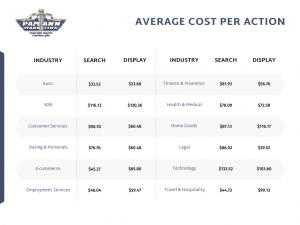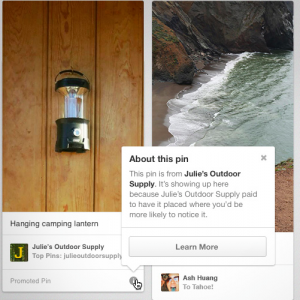How do you hold onto users who are abandoning your mobile app? Columnist Josh Todd offers tips on how to keep people engaged and coming back for more.
 Rejection stinks — especially after what you thought was a good first date. Yet in the world of marketing and apps, getting dumped is all too common. There has been a fundamental shift in the way users think, as well as the way they engage, thanks to mobile.
Rejection stinks — especially after what you thought was a good first date. Yet in the world of marketing and apps, getting dumped is all too common. There has been a fundamental shift in the way users think, as well as the way they engage, thanks to mobile.
Back when apps were first launched, people were enthralled by the excitement of what their devices had to offer. Weather updates at your fingertips? Movie tickets with the tap of a finger? In those days, mobile experiences seemed to meet a person’s wildest expectations.
Fast-forward a decade and we’ve seen dramatic advances in technology, so much so that our expectations grew — yet businesses just can’t seem to keep up.
It’s nearly impossible to ignore the mobile takeover. But in the last year, we’ve reached a tipping point.
2017 marks 10 years since the iPhone debuted, however, too many brands hastily entered the mobile app space without giving enough thought to strategy or execution. Instead of tapping into user data and tailoring messages to each user, they sent spam-like broadcast messages that were anything but personal, resulting in what we call the mobile engagement crisis.
Let’s face it, no one wants to settle for anything these days. If you’re not delighted with an experience, you simply move on to the next best thing — so much so that 23 percent of users will try an app only once and then never touch it again.
But all hope is not lost. The real name of the game here is engagement.
At Localytics, my employer, we define engagement as the average number of sessions that a user has in the week after receiving a push notification. While that sounds technical, it’s really a good proxy for the effectiveness of a messaging strategy and gets at the core purpose of most campaigns, which is to bring users back to take some action.
But “true” engagement can’t be done without a very deep and tight connection to the data that is right at a marketer’s fingertips.
As more people abandon apps that don’t engage them, what’s a mobile marketer to do? Here are some tips to put in your back pocket as you continue to work your way deeper into your customers’ hearts:
Embrace individualization
People just want you to get to know them on an individual level. Individualized messages look beyond the simple “hi, first name” greeting and consider your actions when using the app, as well as if you fit into a particular audience segment based on your profile attributes.
What works for Sally may not work for Harry, but what is the same across the board is the desire to having an app experience tailored to you. Messages that include specific, individualized content generate click-through rates of 5 percent and average 3.5 sessions within the first week.
A good rule of thumb, though, should be to not reach out unless you have something worthwhile to say. In mobile marketing, no news can be good news, and you don’t want users to become desensitized to your messages.
Utilize segmented push messages
Once you have data about your users, you can build a strategy with push to deliver value at key moments. Our research shows that 52 percent of users see push as an “annoying distraction,” so keep your messages timely and relevant.
You’ll find that your users’ engagement is strongest when you utilize segmented messages. We’ve seen an increase in the volume of segmented push messages; 75 percent of push notifications are segmented, and just 25 percent are broadcast — that’s good news for app marketers who can see success in three important metrics: click-through rates, engagement and click-through conversion rates.
Send targeted in-app messages
Sending in-app messages leads to more engaged and loyal users. But marketers often overlook targeted in-app messages in favor of their strong counterpart, push messages. In actuality, they’re an excellent vehicle to help guide users to the most valuable parts of an app, enhancing the experience and making users more likely to stick around.
Apps using in-app messaging average 21 percent more launches per month than those that aren’t utilizing these messages. Additionally, 23 percent of users will return to an app three months after they download it.
Conclusion
By embracing these tips, marketers can go a long way in winning over their mobile users. But to get there, marketers must have a deliberate strategy that utilizes a combination of deep real-time data on their users with messaging channels that matter.
Tapping into the mounds of data available will be a driving force in delivering the individualized messages that will truly delight users and keep them coming back for more. If you succeed, your messages will be welcomed by users because they add value, and your app will be indispensable.
Some opinions expressed in this article may be those of a guest author and not necessarily Marketing Land. Staff authors are listed here.
Marketing Land – Internet Marketing News, Strategies & Tips
(28)









